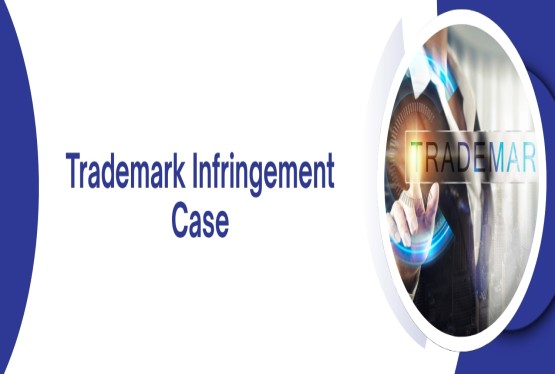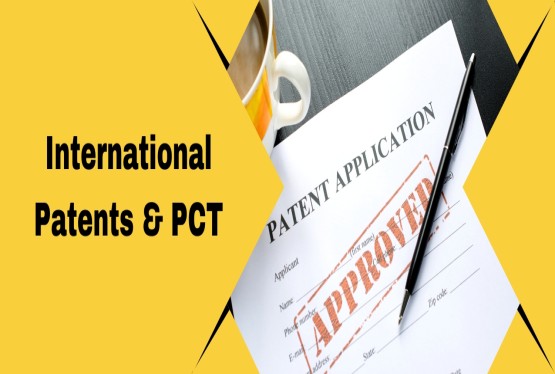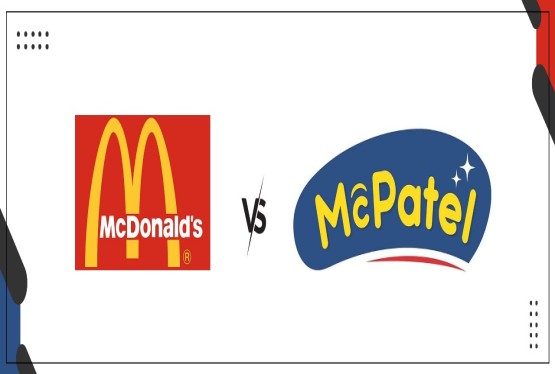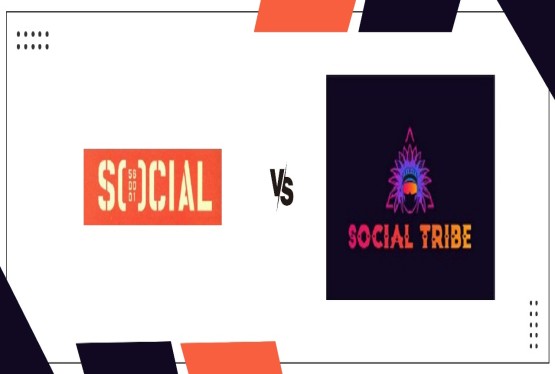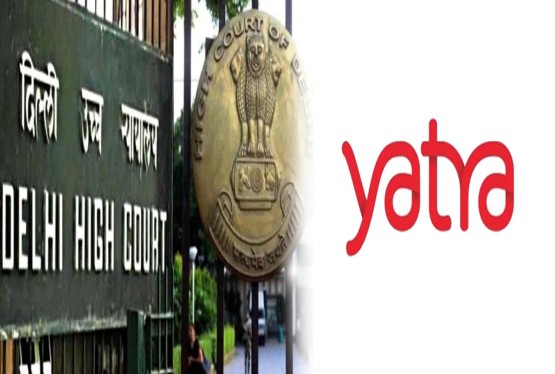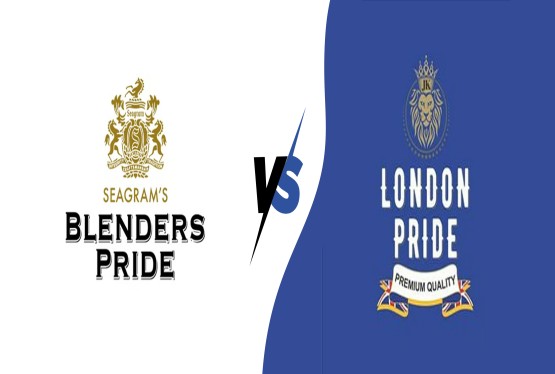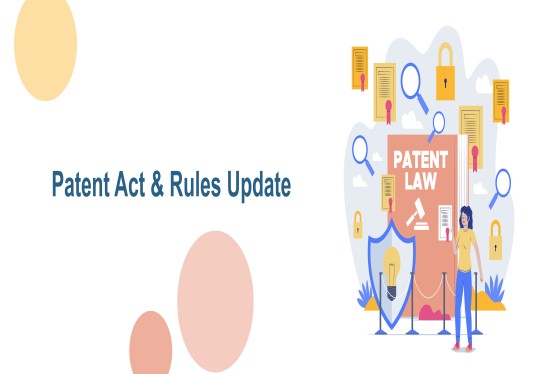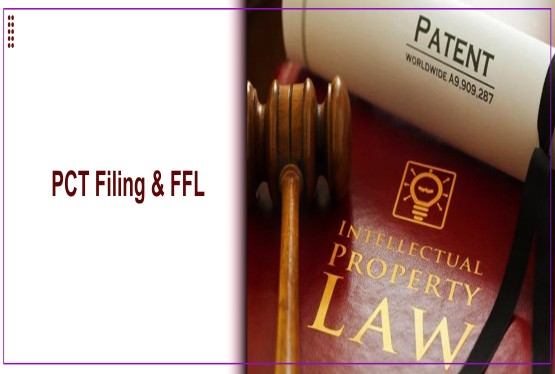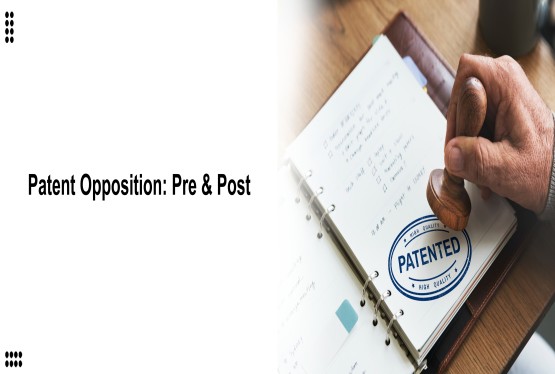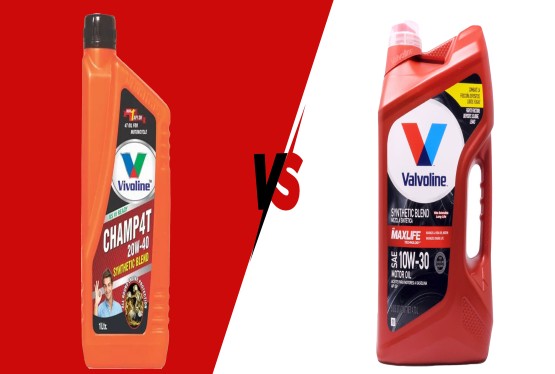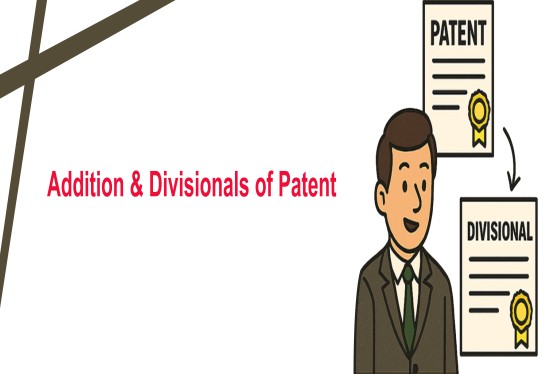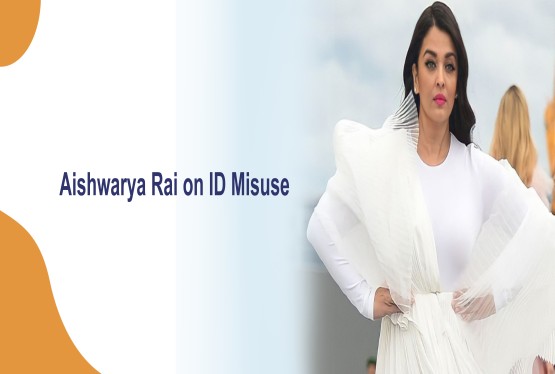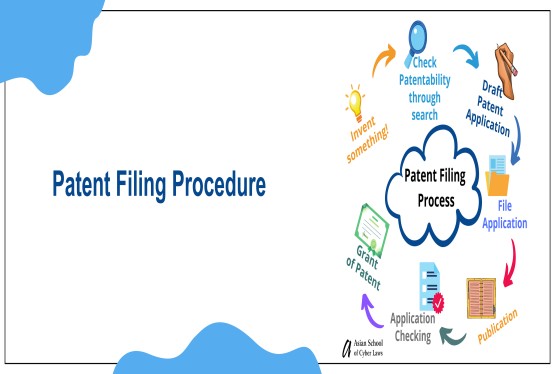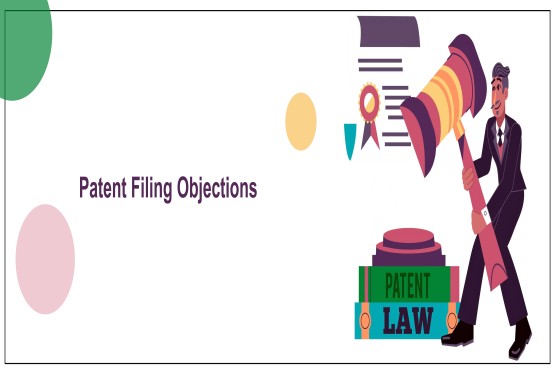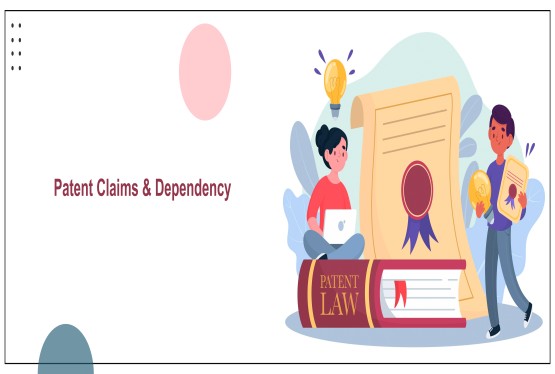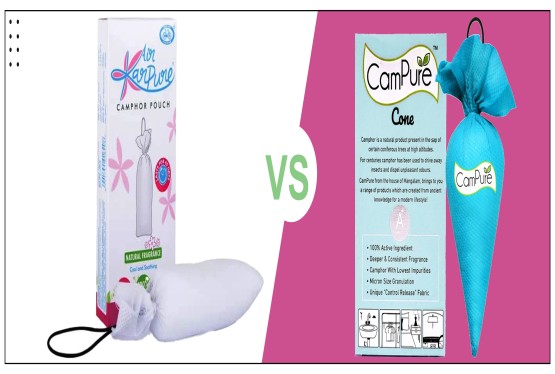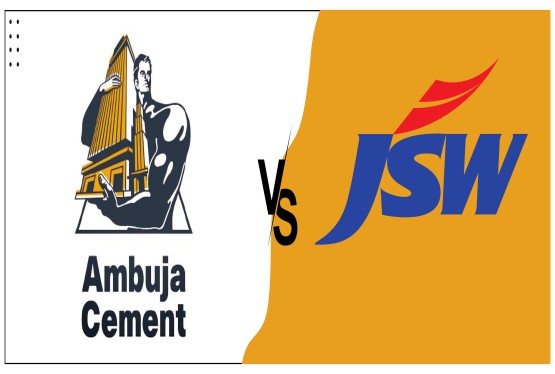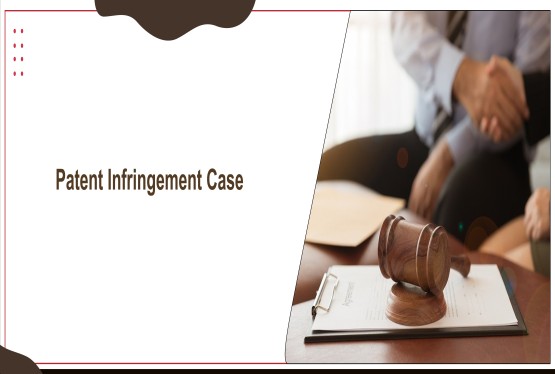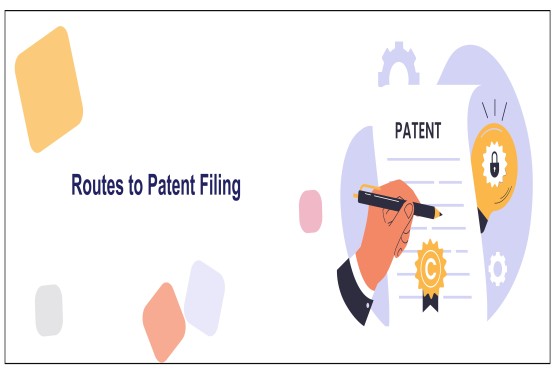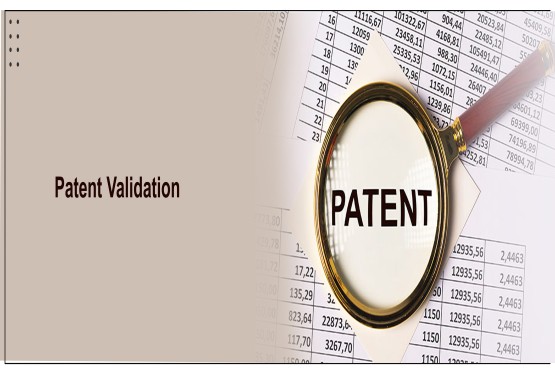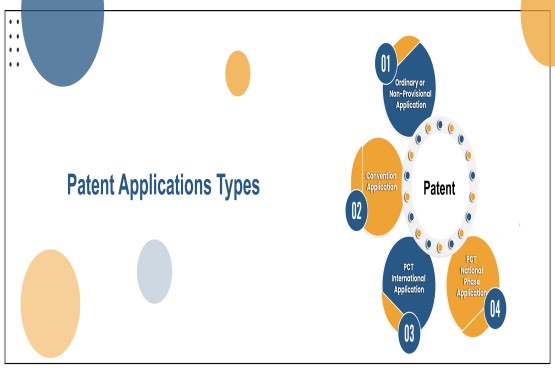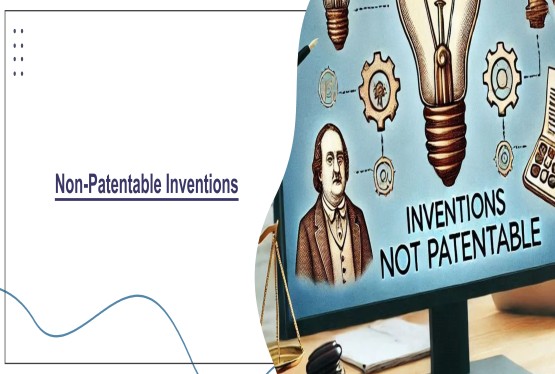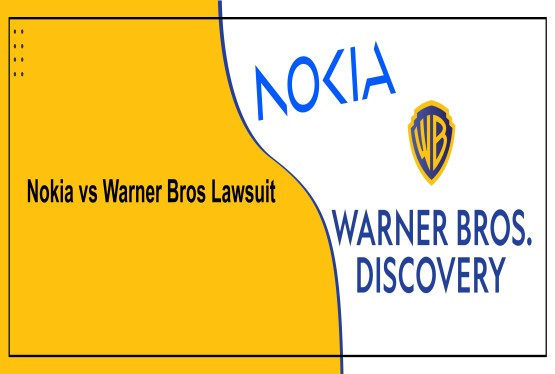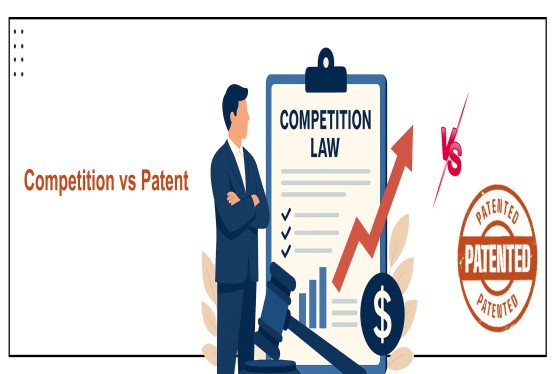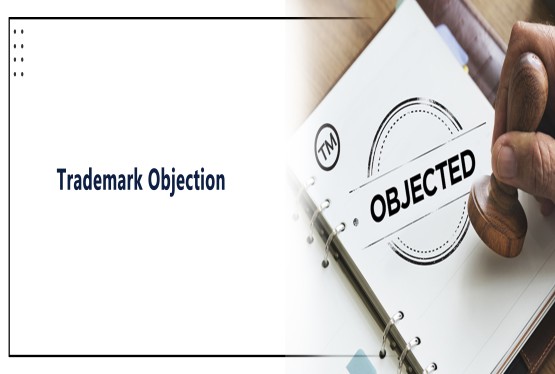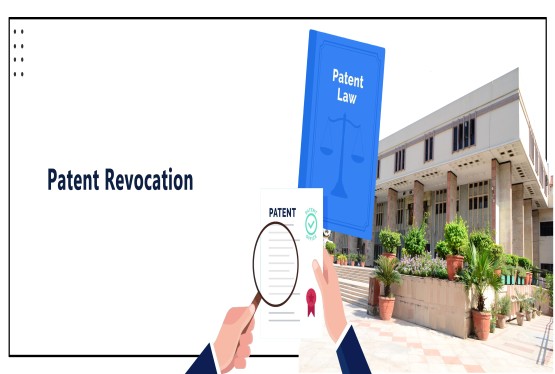Have you ever thought why most people get worried when the trademark application stage shows “OPPOSED” and you have to file a “COUNTER STATEMENT” reply for the opposition raised in the notice. In this article, we have covered a detailed overview about the Counter Statement for Trademark Opposition which can give you a clear understanding why it is one of the most crucial steps in Trademark Application and how you can file a proper structured Counter Statement draft in your favour.
What is Notice of Opposition?
After a trademark application has been accepted by an examiner, it is published in the trademark journal for a specified period of time, which is usually around four months. During this period, any person who believes that they may be adversely affected by the registration of the trademark can file a Notice of Opposition with the relevant trademark office. The opponent first sends the notice to the TM registry for review, and if all formalities are met, the Registry serves the notice on the opposing party, i.e. the Applicant.
Who can oppose a Trademark Application in India?
According to Section 21 of the Trademark Act, 'any individual person' can oppose a trademark, irrespective of his commercial or personal interest in the matter. This includes companies, individuals, trusts and partnership firms. Thus, any aggrieved third party can raise opposition to trademark registration.
The person filing the Notice of Opposition must have a legitimate interest in the trademark and must provide valid grounds for the opposition. The grounds for opposition may include prior use, prior registration, likelihood of confusion, or other legal grounds that would prevent the registration of the trademark.
It's important to note that the opposition must be filed within the specified period and must meet all the formal requirements, including payment of the requisite fees. Additionally, the person filing the opposition must provide sufficient evidence to support their opposition, including evidence of their prior use or registration of a similar trademark, if applicable.
Counterstatement for Notice of Trademark Opposition-
A counter statement is a response filed by the applicant of a trademark after they have received a Notice of Opposition from an opponent. The counter statement is a formal document that responds to the allegations made by the opponent in their Notice of Opposition.
The applicant must file their counterstatement to the notice of opposition raised against them to the Registrar in the Form TM-O within two months of receiving the copy of the notice of opposition stating their facts. The Registrar will serve the copy of the counterstatement to the opposing party within two months of receiving the counterstatement.
In the counter statement, the applicant may admit or deny the allegations made by the opponent in their Notice of Opposition. The applicant may also provide evidence and arguments to support their trademark application and to refute the grounds of opposition raised by the opponent.
The counter statement is an important step in the opposition process, as it allows the applicant to defend their trademark application and to present their case to the trademark office. It's important to note that failure to file a counter statement within the specified period may result in the abandonment of the trademark application.
Grounds for Trademark Opposition-
In India, a trademark can be opposed on various grounds. Some of the common grounds for opposition are:
-
Prior Use: The opponent can claim that they have been using a similar or identical trademark in India for their goods or services before the application was filed. This ground requires the opponent to establish that they have prior rights over the trademark.
-
Similarity or Likelihood of Confusion: The opponent can argue that the trademark applied for is likely to cause confusion or deception in the minds of the consumers with their existing trademark or other prior rights. This ground requires the opponent to show that there is a likelihood of confusion or deception, which may result in passing off of the goods or services of the opponent.
-
Descriptiveness: The opponent can argue that the trademark applied for is descriptive in nature and does not possess any distinctiveness or secondary meaning in the eyes of the consumers. This ground requires the opponent to show that the trademark is merely descriptive and lacks any distinctiveness.
-
Deceptive or Scandalous Matter: The opponent can claim that the trademark applied for is deceptive or scandalous in nature and is against public policy or morality.
-
Prohibited Marks: The opponent can argue that the trademark applied for is prohibited under the Trademarks Act, 1999, such as trademarks that are likely to hurt religious sentiments, are obscene or are likely to cause harm to public health.
Points To Be Noted While Drafting the Counter Statement-
When drafting a counter statement for a trademark opposition, it's important to keep the following points in mind:
-
Address each ground of opposition: Your counter statement should address each ground of opposition that has been raised against your trademark application. You should provide a detailed response that refutes the claims made in the opposition.
-
Provide evidence: Your counter statement should include evidence that supports your trademark application. This could include market research, sales figures, customer feedback, and other relevant information that demonstrates the strength of your trademark.
-
Use legal language: Your counter statement should be written in legal language that is clear and concise. Avoid using jargon or technical terms that may be difficult for the trademark office to understand.
-
Be factual: Ensure that all information included in your counter statement is factual and accurate. Avoid making unsubstantiated claims or misrepresenting information.
-
Follow the rules: Your counter statement should follow the rules and guidelines of the trademark office. Ensure that it is formatted correctly and that all necessary information is included.
-
Seek legal advice: If you are unsure about how to draft your counter statement or need legal advice, it's recommended to seek the help of a trademark attorney. They can provide guidance and ensure that your counter statement is well-written and effective in addressing the opposition.
Difference between Reply for Objection and Counter Statement for Opposition?
A Reply for Objection and a Counter Statement for Opposition are two legal documents that are used in different stages of a trademark application process.
A Reply for Objection is a response to an objection raised by the trademark examiner during the examination process. The trademark examiner may raise an objection if they believe that the trademark application does not meet certain requirements or is too similar to an existing trademark. The Reply for Objection is a written response that addresses the examiner's objections and provides arguments and evidence to support the application. The goal of the Reply for Objection is to overcome the objections and convince the examiner to approve the application.
A Counter Statement for Opposition is a response to an opposition filed by a third party who believes that the trademark application should not be granted. If someone files an opposition, they are essentially challenging the trademark application and arguing that it should not be granted for various reasons, such as the potential for confusion with their own trademark. The Counter Statement for Opposition is a written response that addresses the opponent's arguments and provides arguments and evidence to support the application. The goal of the Counter Statement for Opposition is to convince the Trademark Trial and Appeal Board that the trademark application should be granted despite the opposition.
In summary, the Reply for Objection is a response to an objection raised by the examiner, while the Counter Statement for Opposition is a response to an opposition filed by a third party. Both documents are important for protecting and defending a trademark application, and they require careful consideration and attention to detail.
Procedure for Counter Statement of Trademark Opposition
The procedure for filing a Counter Statement for Opposition in response to a trademark opposition is a legal process that can be complex, but here are the general steps involved:
-
Receive notice of opposition: Once a third party files an opposition to your trademark application, you will receive a Notice of Opposition from the Registrar. This document will provide information on the grounds for opposition, the opposing party's trademark registration or application, and the deadline for filing your Counter Statement.
-
Prepare the Counter Statement: The Counter Statement is a formal response to the opposition, and it must be filed within 30 days of the Notice of Opposition. The Counter Statement should address the grounds for opposition raised by the opposing party and provide evidence and arguments to support your trademark application.
-
File the Counter Statement: You must file the Counter Statement within the deadline specified in the Notice of Opposition. The Counter Statement must include the trademark application number, the name and address of the opposing party, and a statement that you are the applicant for the trademark.
-
Wait for the Opposing Party's Reply: After you file the Counter Statement, the opposing party will have 30 days to file a reply to your response. This reply will address your arguments and evidence and may include additional evidence or arguments in support of the opposition.
-
Await decision: Once the reply period has ended, the case will be assigned to a Trademark Registrar. Also, once the counter notice is filed, the evidence supporting the counter statement, if any are filed and based on the replies and evidence it will be notified by the registry to appear in the hearing. After the hearing, the registrar will decide whether the trademark is to be accepted or not, will also review the evidence and arguments from both sides and make a decision on whether to grant or deny the trademark application.
Conclusion
In conclusion, filing a Counter Statement for Trademark Opposition is a critical step in defending your trademark application against an opposition raised by a third party. It is important to understand the legal process, gather strong evidence, and provide compelling arguments in support of your trademark application.
Working with an experienced trademark attorney can help ensure that you are meeting all the filing deadlines and requirements, and that your Counter Statement is well-prepared and persuasive. With their guidance and expertise, you can navigate any challenges that arise during the opposition process and increase your chances of securing your trademark registration.
By following the steps outlined in this article and seeking professional legal assistance, you can approach the Counter Statement for Trademark Opposition process with confidence and work towards achieving a positive outcome for your trademark application.






























_(b)_of_the_Trademark_Act,_1999_(1)_crop10_thumb.jpg)



_crop10_thumb.jpg)



























_crop10_thumb.jpg)
_crop10_thumb.jpg)






_crop10_thumb.jpg)








_crop10_thumb.jpg)



_crop10_thumb.jpg)





























_crop10_thumb.jpg)

















_crop10_thumb.jpg)






_crop10_thumb.jpg)












































































































































_crop10_thumb.jpg)




































_crop10_thumb.jpg)












_crop10_thumb.jpg)













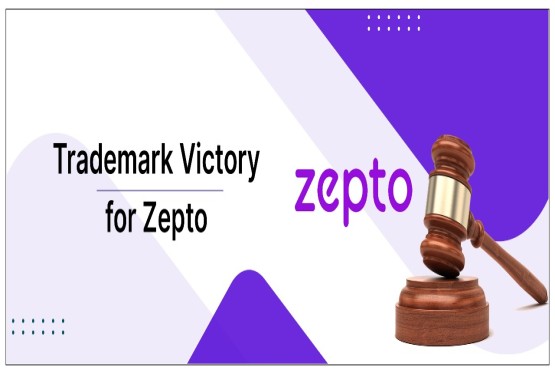




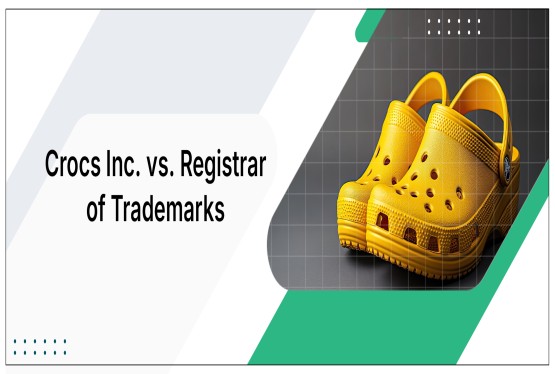




























_crop10_thumb.jpg)






